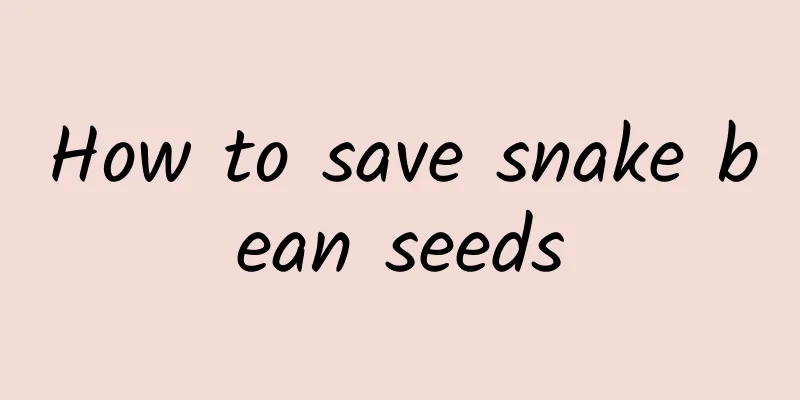How to grow red peony

1. Maintenance methods1. Temperature: It has high temperature requirements, try to keep it at 15-20℃. It has good high temperature resistance and can withstand temperatures as high as 40°C. In addition, it also has some cold resistance and can withstand temperatures as low as 2°C. Therefore, if you are in a place where the winter is very cold, it is best to take precautions against the cold. 2. Watering: It does not require much water. Even when it grows faster, you don’t need to water it too much. Normally, the substrate can be kept slightly dry and not too moist. In addition, in winter, you should not water too much. 3. Light: It likes light very much and has high requirements for light exposure time. It needs shade in summer and should not be exposed to direct sunlight. However, in other seasons, try to let it receive full sunlight without shading. 4. Fertilization: During the growth period, more fertilizer is needed. Generally speaking, mainly in spring and autumn, fertilizer can be applied once every ten or fifteen days, and decomposed liquid fertilizer can be used. 2. Breeding techniques1. Reproduction: Grafting can be used. Because the red peony itself does not have chlorophyll and cannot photosynthesize, it can only be grafted and use rootstocks to produce nutrients. The rootstock can be Osmanthus fragrans, etc. Grafting can be carried out in late spring with a relatively high success rate. Generally speaking, it is better to use the "flat grafting" method. 2. Repotting: Try to change the soil every year, because it has very high requirements for the substrate, and has high requirements for nutrients, pH, air permeability, etc. You need to choose fertile, loose soil with a pH value of 6 to 6.5. It can be prepared with peat soil, peat soil and perlite, which is conducive to future growth. 3. Problem diagnosis and treatment1. Diseases: The main diseases are "stem rot" and "gray mold", which can be treated with carbendazim. Especially during periods of high temperature and high humidity, special attention should be paid to these diseases. 2. Pests: Mainly "red spiders", which are also more likely to occur in summer and need to be controlled with pesticides such as dimethoate emulsifiable concentrate. IV. Other issues1. Toxicity: It is non-toxic. Not only does it not emit harmful gases, it also has a strong purification effect. 2. Can it be grown at home? The red peony can not only purify the air, but also can be used for viewing. It is a good indoor ornamental plant, and its maintenance is relatively simple. |
<<: The difference between purple and white onions
>>: How to cultivate Buddha's hand
Recommend
Is it good for crystal palm to bloom?
Does crystal palm bloom? The crystal palm does bl...
What to do if the leaves of Podocarpus are dry and brittle
1. Increase the temperature Reason: Podocarpus gr...
The difference between Takasago no Ouji and the Queen's Flower Hat
1. Difference of blades The leaves of Takasago ar...
How can tiger orchid grow fast (breeding and cultivation methods of tiger orchid)
Growth habits of tiger orchid Tiger orchid, also ...
The efficacy and function of mustard head
1. Prevent cancer Mustard greens are rich in diet...
The language and symbolism of irises
Symbolism Europeans love irises and believe that ...
How to grow asparagus fern
1. Breeding environment 1. Soil: To grow asparagu...
How to grow gardenia so that it blooms more vigorously?
Gardenia , a flower native to the South, is known...
How to grow green radish in winter
1. Lighting This plant is relatively shade-tolera...
Make your own plant curtains in summer
Pot soil Prepare several lightweight and beautifu...
How to raise Xiaoyu
1. Breeding environment 1. Soil: The requirements...
When is the right time to sow mustard?
Mustard sowing time Mustard belongs to the Crucif...
Breeding methods and precautions of Hongdongyun
1. Soil The soil for breeding red dongyun should ...
How to plant strawberry seeds, which month to sow (seed collection and germination)
1. Is it easy to plant? Strawberries are easy to ...
How to water purple bamboo plum
1. How to water 1. Watering frequency: When water...









